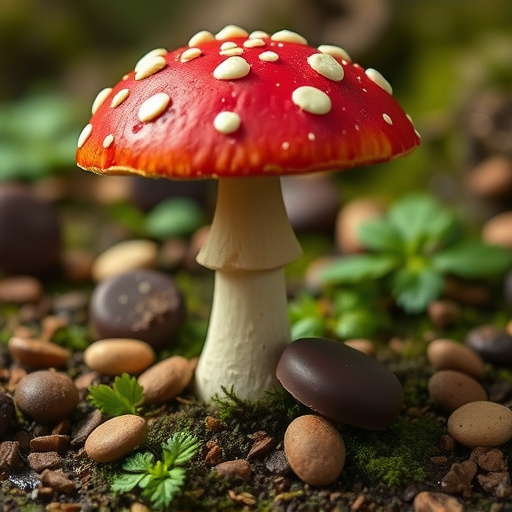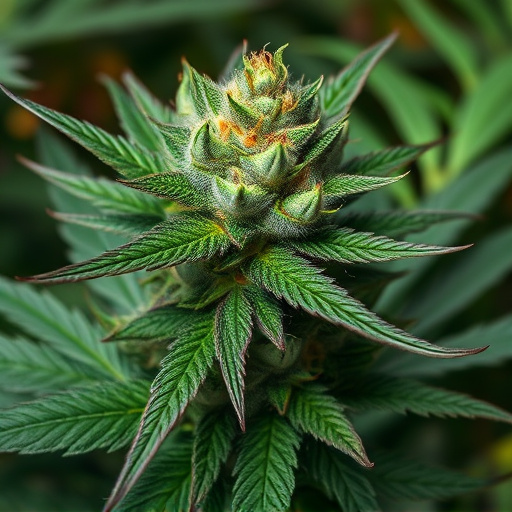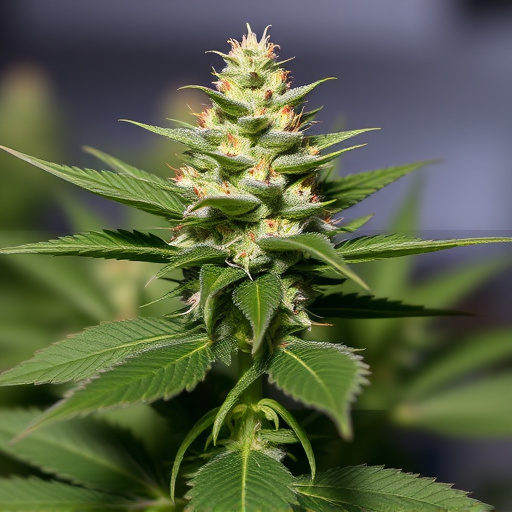The association between cannabis and increased appetite, or "munchies," is driven by its interaction with our bodies' endocannabinoid system (ECS). Potent cannabis strains, rich in THC, bind to brain and body receptors, triggering a hormonal response that increases ghrelin release, stimulating appetite. While CBD doesn't directly increase appetite, it may support this effect by reducing anxiety. Potent strains' high THC levels can lead to intense food desires, with applications in medicine for conditions like HIV/AIDS, cancer, and eating disorders. However, careful selection and monitoring are crucial to prevent overindulgence.
Cannabis flower’s ability to stimulate appetite is a well-documented phenomenon, leaving many curious about its underlying mechanisms. This article delves into the science behind why certain strains of cannabis can induce hunger. We explore the role of cannabinoids, particularly THC, in interacting with our bodies’ endocannabinoid system to enhance appetite. Additionally, we uncover how specific potent cannabis strains, known for their high cannabinoid content, significantly impact users’ eating cravings and preferences.
- Understanding the Hunger-Inducing Effect of Cannabis
- The Role of Cannabinoids in Appetite Stimulation
- Exploring Potent Cannabis Strains and Their Impact on Hunger
Understanding the Hunger-Inducing Effect of Cannabis
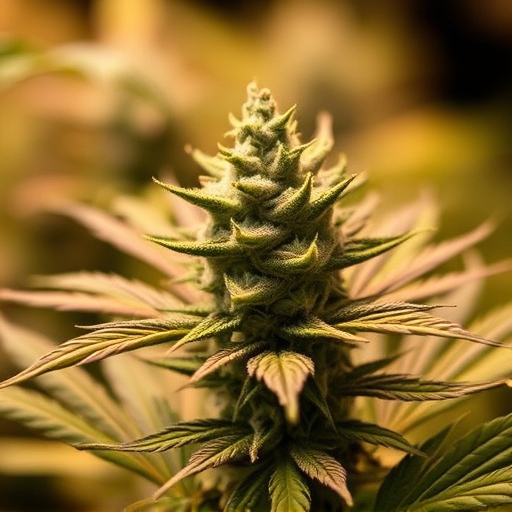
Cannabis has been long associated with an increased appetite, a phenomenon often referred to as “munchies.” This effect is primarily attributed to the interaction between cannabis compounds and our bodies’ natural endocannabinoid system (ECS). The ECS plays a significant role in regulating various physiological processes, including hunger and digestion.
Potent cannabis strains contain high levels of tetrahydrocannabinol (THC) and other cannabinoids, which can bind to specific receptors in the brain and body. When activated, these receptors trigger a cascade of chemical reactions that stimulate appetite. Studies have shown that THC can increase the release of hormones like ghrelin, often referred to as the “hunger hormone,” leading to enhanced cravings for food. This effect is especially pronounced with more potent cannabis strains, where higher concentrations of cannabinoids can result in stronger physiological responses.
The Role of Cannabinoids in Appetite Stimulation
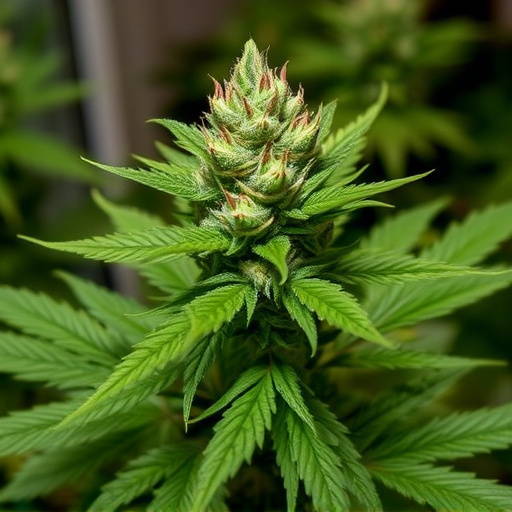
Cannabinoids, particularly tetrahydrocannabinol (THC) and cannabidiol (CBD), play a significant role in regulating appetite. When consumed, these compounds interact with our endocannabinoid system, which is involved in various physiological processes, including hunger and satiety. Research suggests that THC, the psychoactive component of cannabis, can stimulate the release of hormones like ghrelin, often referred to as the “hunger hormone,” leading to increased feelings of appetite. This effect is especially pronounced with potent cannabis strains, known for their high THC content, which can make users crave food more intensely.
The interaction between cannabinoids and the brain’s reward system further reinforces this behavior. As THC binds to receptors in the hypothalamus, it can create a powerful motivation to eat, similar to how rewards stimulate desire. This is why many cannabis users report heightened cravings for specific types of food, often referred to as “munchies.” Interestingly, CBD, while not directly stimulating appetite, may indirectly support this effect by potentially reducing anxiety and improving overall well-being, making the experience of eating more enjoyable.
Exploring Potent Cannabis Strains and Their Impact on Hunger
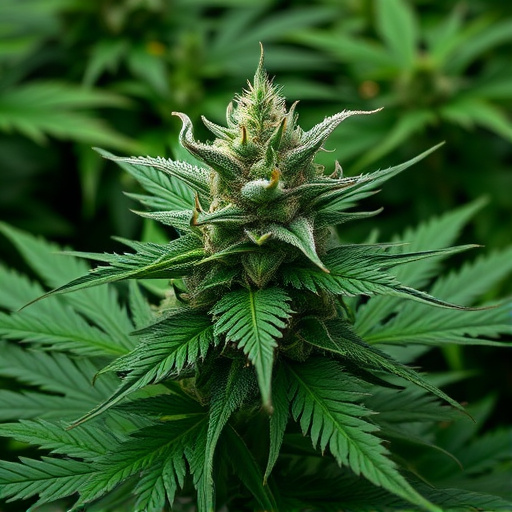
Exploring Potent Cannabis Strains and Their Impact on Hunger
In the world of cannabis, particularly with more potent strains, researchers have observed a distinct effect on users’ appetites. These high-potency varieties contain elevated levels of tetrahydrocannabinol (THC), the primary psychoactive compound responsible for many of cannabis’ effects, including its impact on hunger. While THC is known to stimulate appetite, particularly in medical patients undergoing treatments that cause nausea or appetite loss, the mechanism behind this effect is complex and not fully understood. Some studies suggest it involves interacting with various receptors in the brain and body, leading to increased levels of hunger-inducing hormones.
The impact of potent cannabis strains on hunger has significant implications, especially in the medical field. For patients dealing with conditions like HIV/AIDS, cancer, or eating disorders, cannabis can be a valuable tool to encourage nourishment intake. However, it’s essential to choose the right strain and monitor usage due to the potential for overindulgence. Understanding the unique characteristics of different potent cannabis strains can help users navigate this aspect of cannabis consumption effectively and safely.
Cannabis’ ability to stimulate appetite is well-documented, with research highlighting the role of cannabinoids in this process. Understanding the impact of different potent cannabis strains can empower users to manage hunger effectively. By exploring specific strains and their unique compositions, individuals can navigate the market to find relief, making cannabis a valuable tool for those seeking to enhance their appetites.



